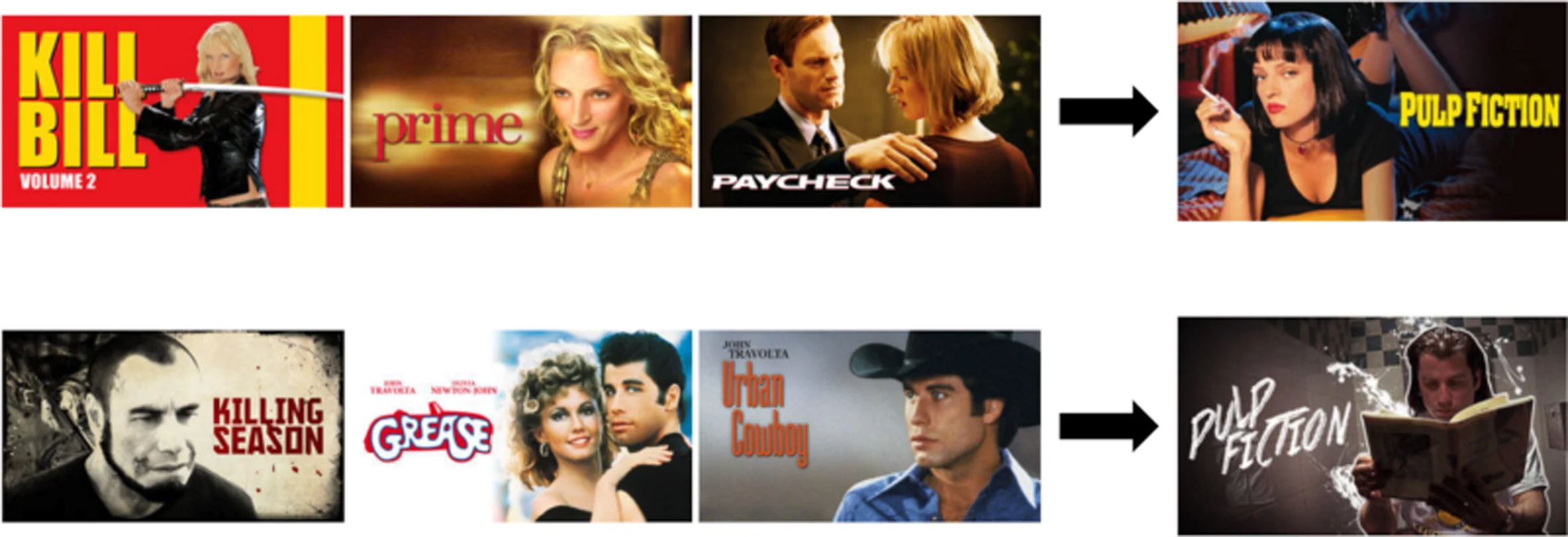In a world that seems to be saturated by advertising, paying for streaming services is a relief for many. For a few euros a month, you can watch what you want, whenever you want, free of ads.
Netflix has been one of the market leaders for years, but the platform’s growth is currently stagnating. This is forcing the platform to keep innovating in order to maintain its market share. How can Netflix continue to offer that ad-free viewing experience – and still grow? One way the platform does that is by making smart use of data. In more ways than you might think.
What data does Netflix collect? And why?
The success of Netflix may lie in the fact that the company has been working with predictive analytics since its founding in 1997. So it’s no secret that Netflix collects all sorts of data about your viewing habits, such as which series and films you watch and which genres are your favourites. But which data is really interesting for a streaming platform? And what do they do with all this data?
General user data
For Netflix, the purpose of collecting data is to identify – unsurprisingly – what its audience wants. And that goes a long way. For example, there is a very good chance that you have come across a particular film or series in different genres. The Stranger Things series, for example, can be categorised under ‘science fiction’, but also under ‘action’. This has actually annoyed me sometimes: sloppy work by Netflix, I thought. But nothing is further from the truth: Netflix is trying to find out in which category the series is clicked on more often. With this data, Netflix can improve the underlying algorithm.
Individual user data
Personalisation and relevance: they are becoming increasingly important. This also applies to Netflix, because instead of focusing on the entire target group, Netflix focuses on the individual viewer. The fact that you have watched the series Stranger Things might not even be that interesting. What time you watched the series, where and on what device, is much more interesting to Netflix. Also, whether you binged the series, and whether you didn’t stop halfway through an episode but watched the whole thing.
The Recommendation algorithm
All this individual user data is valuable to Netflix: it makes the platform ever smarter. Have you ever noticed, for example, that Netflix tailors the visuals it uses to present movies and series to you based on your viewing habits? If you’ve binged Stranger Things (like me), chances are the movie Enola Holmes will have a poster with Millie Bobby Brown on it. But have you seen all the Henry Cavill films? Then Henry is more likely to be on the Enola Holmes movie poster.
For example, the recommendation algorithm is getting smarter. And that algorithm is responsible for more than 80% of what is streamed on the platform. Feeding this system is therefore crucial to ensure that users remain glued to the tube. Well, who is watching whom?

Interactive video on Netflix
The individual and his or her personal viewing experience is thus essential to the success of Netflix. It is therefore only logical that Netflix decided to invest in interactive video: the ultimate tool for gathering user data. This started with children’s programmes, but for many, Black Mirror’s film Bandersnatch (2018) was the first introduction to interactive video on Netflix.
Bandersnatch: a new dimension in data collection
As the first interactive Netflix production aimed at adults, Bandersnatch tells the story of a young programmer who wants to make it as a game developer. As a viewer, throughout the story you are given moments of choice. Each of these choices affects the further course of the story. In this way, there are numerous storylines in the interactive film.
The presence of moments of choice in the story gives Netflix a whole new set of user data. For example: is the viewer really involved in the story and does he actively make choices or not? How quickly is the choice made? How long does the viewer stay captivated and how many storylines is he willing to watch? And does the viewer choose the scary and gruesome options, or does he go for the more safe storylines? The viewing and click data that Netflix extracts from Bandersnatch gives them valuable input that can be utilised right up to the writer’s table.
Product placement: Frosties versus Sugar puffs
While the choice of whether or not to jump off a balcony tells you something about a viewer’s daredevil status, you shouldn’t discount the light-hearted moments either. One of the most innocent choices presented in Bandersnatch was also one of the most talked-about (and lucrative?).
First of all, as a viewer, you are asked to choose which breakfast cereal the main character will eat: Frosties or Sugar puffs? At first glance, that seems like a simple question to get the hang of it. But when Netflix CEO Reed Hastings, during the presentation of the quarterly figures, casually mentioned that Frosties was the clear winner with a whopping 73%, it made many people scratch their heads.
Officially, Bandersnatch wasn’t meant to contain product placement or any other kind of advertising. But the commercial possibilities are of course clear at once. Makes you think: how much budget are brands prepared to pay to appear in such a prominent choice moment? Surely that must be more profitable than if your product accidentally flashes by in a shot where someone opens the fridge? I’m dying to know what this scene has brought Kellogg’s in terms of target group insights and profit.

Gamification of advertising
Super clever, that breakfast cereal moment; it’s product placement 2.0. And together with all the viewing and click data and the demographic data that Netflix collects, this opens entirely new doors. The preference for a certain product may soon be linked to specific demographic characteristics, film genre or certain content. New product concepts can be tested against a specific target group. And think of the possibilities when voice tracking, eye tracking and virtual reality are around the corner. It is the gamification of advertising. Smart thinking, Netflix.
What learnings can we draw from this?
Black Mirror’s Bandersnatch was a resounding success. The film showed us how storytelling is taken to the next level by technology. But it is more than that.
While some streaming platforms generate revenue with ads, Netflix does not. So selling subscriptions seems to be the platform’s only revenue model. However, the outcome of the breakfast cereal poll tells us otherwise.
Interactivity makes it possible to collect data and show advertisements in a new way – without being a disturber during the story. An important development for a platform like Netflix, that needs to find creative ways to keep growing in both market share and revenue.
Add magic to your video content!
Ivory Studio is the ultimate platform for creating interactive videos. Can’t wait to take your video content to the next level? Start your free trial today!






